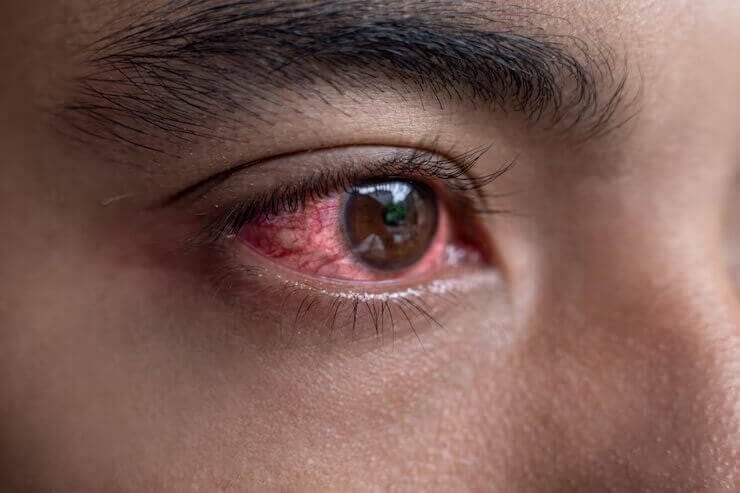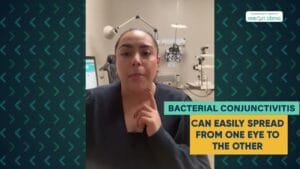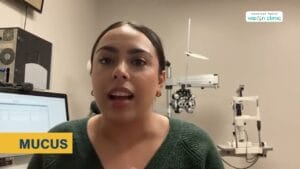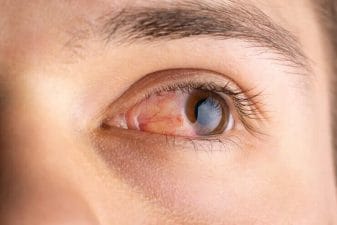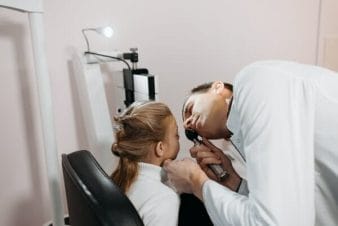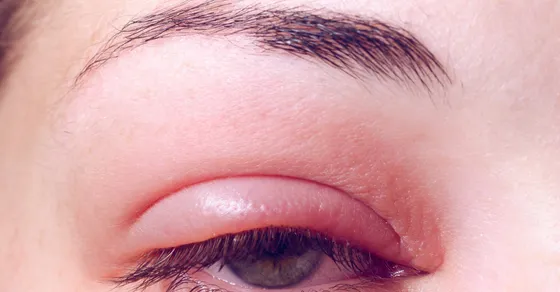Many of our patients who have red eyes wonder if they have an eye infection. Just because you have red, irritated or swollen eyes does not necessarily mean you have pink eye which is medically known as conjunctivitis. It is also possible for your symptoms to be caused by a wide variety of conditions such as seasonal allergies, extended use or overuse of contact lenses, dry eye, marijuana use, styes, extended use of computers or phones, iritis, chalazion (inflammation of the eyelid gland), or blepharitis (inflammation or infection of the eyelid skin). None of these conditions are contagious. Another common example is red eye that is due to a lack of sleep. Not getting enough sleep decreases oxygen that is available for the eyes; this causes blood vessels to dilate and give the appearance of being red or bloodshot. If your pink or red eye symptoms persist for longer than a day, you should see an optometrist.

